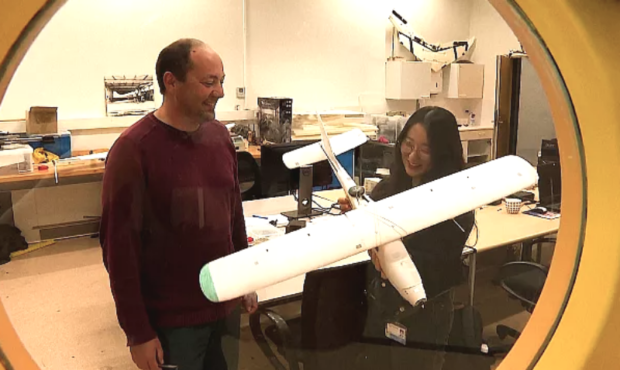Researchers, from Delft University in the Netherlands have devised the autonomous drone that uses its propellers 0.25 per cent of the time, compared to the 38 per cent required for a regular flight.
At first glance, the small model plane that researchers from Delft University in the Netherlands have built might not look all that impressive. But the compact device boasts some significant energy-saving credentials when in flight, largely thanks to mimicking soaring birds.
The researchers say a regular drone flight will use its propellers 38 per cent of the time. But by copying the flight patterns of birds they have managed to whittle this down to just 0.25 per cent of the time.
“We tried to mimic the birds’ flight behaviour,”
explains Sunyou Hwang, a PhD student leading the project.
“For example, kestrels do so-called wind hovering when they are hunting, so they stay in the air without flapping their wings. Then they don’t use that much energy because they don’t flap their wings, which consumes a lot of energy”.
A typical bird flight is enabled by what researchers call “orographic soaring,” generated when the wind hits an obstacle and goes over.
‘Teaching’ Drones to Fly Like a Bird
The birds can stay aloft without flapping their wings by exploiting that updraft, Hwang explains.
But while birds naturally understand the wind, “teaching” a drone to simulate this skill is less straightforward.
“The trick is actually the software, because we’re just using the normal plane-shaped vehicle. And then with a specialised flight controller with a search algorithm, it can find a feasible soaring spot and then it can stay there without using the throttle,” says Hwang.

